The ancient connection between the Macedonian Greeks and the lands that extended from Gandhara to ancient China offers a fascinating glimpse into one of the most important periods in world history. The legacy left by Alexander the Great and his successors is not just limited to military conquests. This blog post dives into how Hellenistic influence shaped the culture, art, and architecture of Central Asia, the Indian Subcontinent, and even as far as China, highlighting the enduring impact of Greek culture in these regions.

The Greek Legacy in Gandhara:
The influence of the Macedonian Greeks in the region of Gandhara—modern-day Afghanistan, Pakistan, and parts of northern India—has been profound. The city of Alexandria in the East, also known as Alexandria Eschata (meaning the ‘Farthest Alexandria’), founded by Alexander the Great in 329 BCE, represents a key moment in the fusion of Greek and local cultures. As the Greek empire fragmented after Alexander’s death, his successors in the region, such as the Greco-Bactrian kings, ensured the lasting presence of Greek culture in these areas.
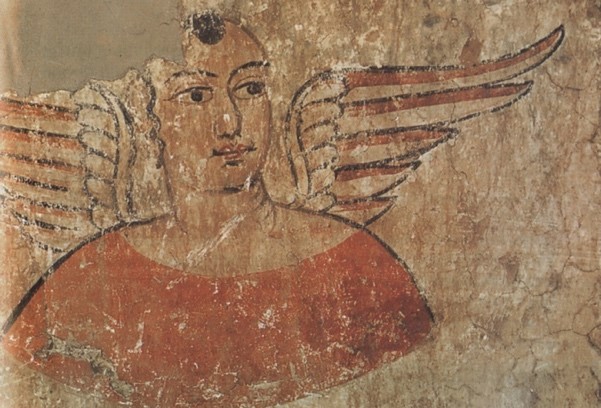
A significant cultural syncretism occurred, merging Greek philosophy and art with the local customs and Buddhist traditions. The results of this fusion are visible in Gandhara’s famous Greco-Buddhist art, which remains one of the most distinctive art forms of the ancient world. The introduction of Hellenistic features such as realistic human forms, draped clothing, and monumental sculptures into Buddhist art marked the emergence of a unique cultural heritage that bridged the West and the East.
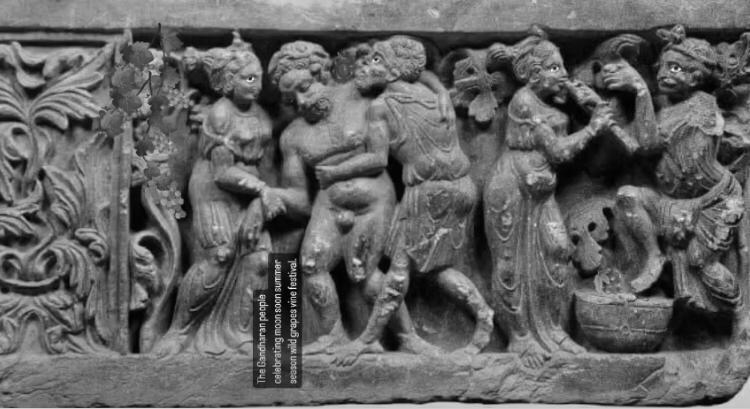
Macedonian Greeks in Central Asia and Beyond:
After Alexander’s conquests, the influence of Greek culture spread across Central Asia. The Greek colonies established in cities like Bactra, Samarkand, and Alexandria Eschata played a central role in connecting the East to the Mediterranean world. As the Seleucid Empire and its successors, such as the Greco-Bactrians, controlled much of Central Asia, Greek culture became interwoven with the traditions of the local civilizations.
The influence of Hellenistic governance, coinage, and architecture in these regions is profound. The most notable aspect of this Greek expansion was their interaction with the Buddhist kingdoms in Gandhara. Greek sculptures, inscriptions, and the incorporation of Greco-Roman styles in local art began to shape the unique identity of this cultural crossroads. The spread of Greek ideas and the syncretization with Indian and Central Asian cultures led to the development of a cosmopolitan society that influenced the future course of Indian and Central Asian history.
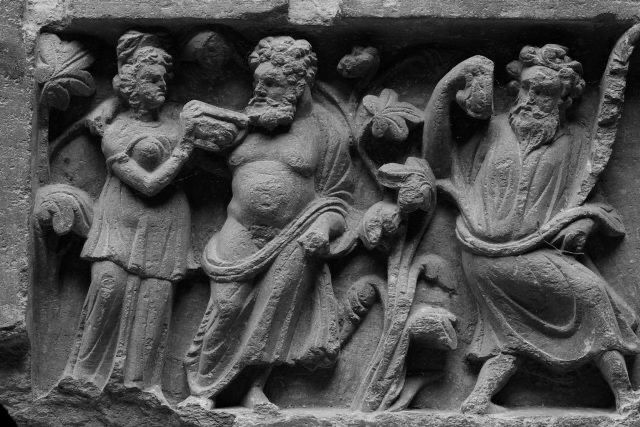
Greek Influence in Ancient China:
The reach of the Macedonian Greek world didn’t stop at Gandhara. During the Han Dynasty (206 BCE–220 CE), diplomatic and military contacts between China and the Greco-Bactrian territories, particularly in the area of what we now know as the Taklamakan Desert, played a key role in the exchanges along the Silk Road. The Greek settlements in Bactria and Sogdiana were the primary intermediaries of this East-West interaction, facilitating not just the exchange of goods but of ideas, culture, and philosophy.
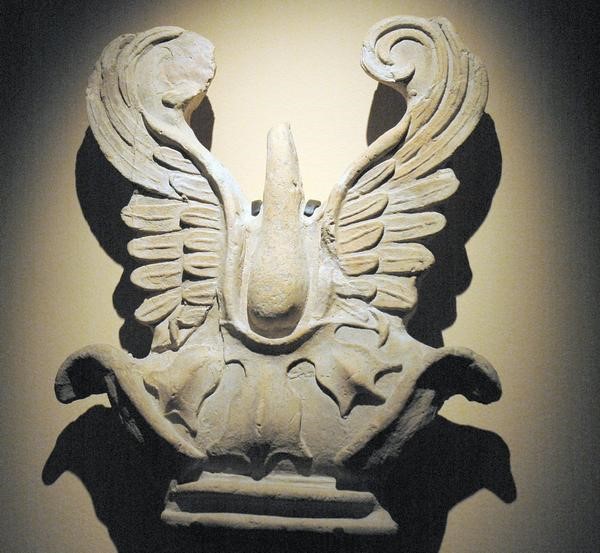
One of the key pieces of evidence for this interaction is the discovery of Greek-influenced art and artifacts in China. Archaeological finds from the Han Dynasty in cities like Chang’an (modern Xi’an) reveal the use of Greek artistic motifs, such as the iconic acanthus leaf design, which was used in Buddhist art. These exchanges played a significant role in the development of Chinese Buddhist art, as elements of Greek artistic traditions were incorporated into the local art forms, influencing the way Buddhist figures and temples were constructed and depicted.
The Role of the Silk Road:
The Silk Road, which connected China to the Mediterranean, was more than just a trade route. It was a highway of ideas, cultures, and philosophies. Greek and Hellenistic influences traveled eastward via the Greco-Bactrian kingdoms, blending with local traditions to create an enduring cross-cultural dialogue. This dialogue spanned centuries and was facilitated by the movement of people, goods, and ideas from the Mediterranean world, through Central Asia, to China.
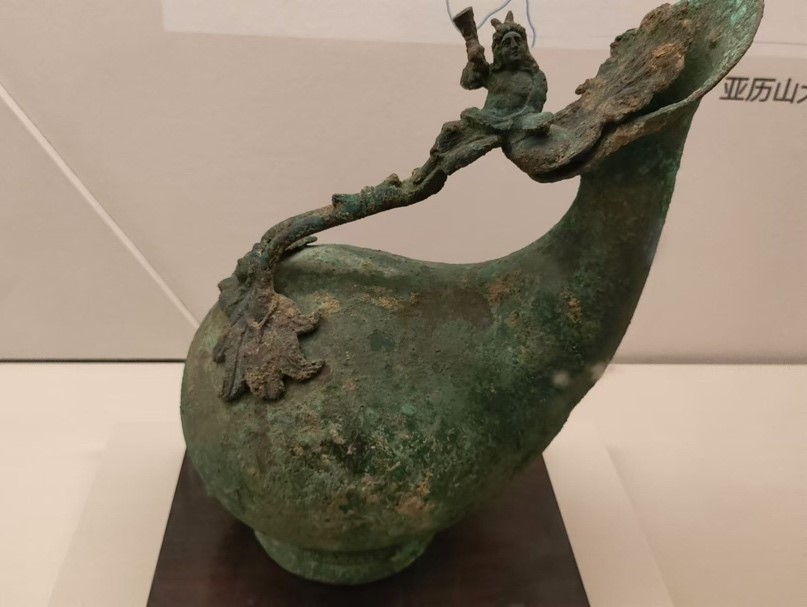
The Hellenistic traditions brought by Alexander and his successors played a significant role in shaping the culture of Gandhara, influencing its art, philosophy, and religion. The fusion of these traditions with Buddhist ideologies gave rise to the Greco-Buddhist culture, which became an important bridge between the East and West. As the Han Dynasty expanded and solidified its power in China, these cultural exchanges, particularly those involving art and religion, helped foster a deeper understanding of the interconnectedness of the ancient world.
Cultural and Philosophical Impact:
The philosophical and cultural exchanges between the Greek and Eastern worlds were not limited to just art. The spread of Hellenistic ideas, particularly in the realm of governance, philosophy, and scientific knowledge, had a lasting impact on Chinese thought. The concept of rationalism and scientific inquiry, fundamental to Greek philosophy, was gradually adopted by scholars in China.

Moreover, the Greek influence on religious thought was evident in the way Buddhism evolved in the region. The development of Greco-Buddhist art in Gandhara, which depicted Buddhist deities with Greek-style clothing and facial features, was not just an aesthetic innovation but a sign of deeper philosophical and cultural integration. The adaptation of Greek ideals in Buddhist philosophy helped create a universal language of thought that transcended geographical and cultural boundaries.
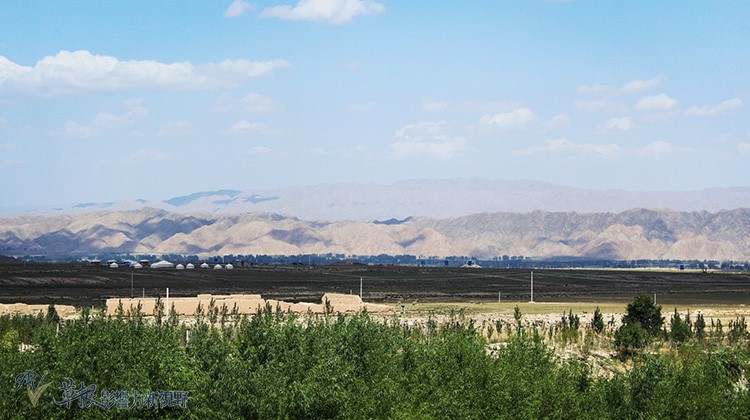
Conclusion:
The Macedonian Greeks left an indelible mark on the cultures they encountered, and their influence can be traced through the development of Greco-Buddhist art, philosophical exchanges, and architectural designs across Central Asia, Gandhara, and even ancient China. The legacy of these exchanges is not merely confined to the past but continues to inspire contemporary understanding of the interconnectedness of cultures and civilizations. The story of the Macedonian Greek influence from Gandhara to ancient China is a testament to the power of cross-cultural dialogue in shaping the course of human history.
Author Profile

- Sajjad Ali Independent Writer, Professional Archaeologist, Numismatic, Paleo graphist, expert of the Indian historical accounts and Architecturally 3D heritage Buildings Illustrates reconstructer , Historical Anthropologist of South Asian Studies in Pakistan. Member of UNESCO world Heritage organization and Member of the Italian Archaeological mission in Pakistan under ISMIO. His major Research interest is Gandharan studies, Indus Valley civilization, Gandharan Art and architecture, and Pre Proto History of Asia.



1 comment
The discovery of Greek-influenced art in China is fascinating and highlights the deep cultural exchanges between the East and West. It’s incredible to see how Greek motifs like the acanthus leaf were integrated into Chinese Buddhist art, shaping its development. The role of the Han Dynasty in facilitating these exchanges is a testament to the interconnectedness of ancient civilizations. The Greco-Buddhist culture in Gandhara seems like a perfect example of how different traditions can merge to create something unique and influential. I wonder how these artistic exchanges influenced the spiritual and philosophical aspects of Buddhism in China. Do you think these cultural interactions were purely artistic, or did they also impact religious practices and beliefs? It’s amazing to think about how these ancient connections still resonate in our understanding of history today.